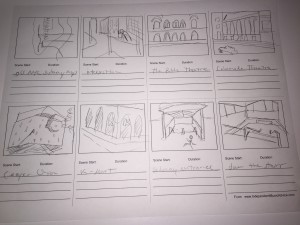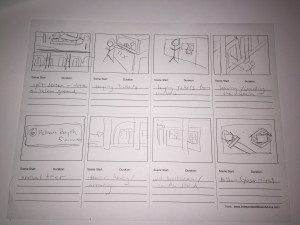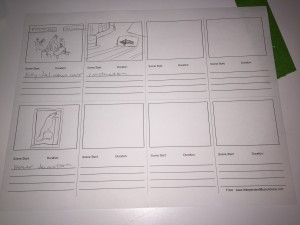Plagiarism Readings
This week’s readings dealt with the somewhat awkward relationship between creative works and an economic system based on individual property rights. Among the four works we were assigned I’d say that they each pointed out that the current system of intellectual property rights is at least somewhat out of touch with the creative process it self. These laws effectively grant temporary monopolies to producers of certain characters, stories, designs, and processes based on the idea that an economic incentive must be provided in order for invention and art to be a finacialy viable endeavor. Many of the articles we read suggested that this is problematic since creative output is often based on or influenced by pre-existing creative works. In addition it is clear that this system can be easily abused and produce results that stifle creation rather than support it. I’m not sure there is an easy “solution” to this problem now that so many rely on the system being the way it is and the inherent difficulty of quantifying originality and quality in creative works. Personally I’ve been interested in the idea of eliminating intellectual property entirely. While this may seem extreme I think it would be beneficial to the creative economy in the long run. The financial system around creation without property rights would be challenging however I think that we’ve already seen the ways it is possible to make money in an industry where traditional property rights have been eroded. The music industry which saw wholesale disregard for its intellectual property as digital file sharing took off has started to grow again for the first time in over a decade. The source of this growth is mainly music streaming services and the leveraging of influence that creators often have over their fans. I think this could be a model for other forms of art and creative property where the distribution and relationship between artist and consumer is the source of revenue rather than the selling of owned ideas that we currently support.
-Jonathan Lethem’s The Ecstacy of Influence: A Plagiarism
-On the Rights of the Molotov Man: Appropriation and the Art of Context
-Allergy to Originality
-Kirby Ferguson’s Embrace the Remix
Sound Walk – Her Long Black Hair
This was a really fun activity. I’ve heard binaural recordings before but never while walking around and never with such a direct relationship to my surroundings. The results were suprisingly convincing, or 3D sounding, and I often couldn’t tell whether certain sounds I was hearing were from the recording or the environment. I thought it was especially cool when comments the narrator made seemed to sync up perfectly with my visual surroundings. The recording was so accurate I thought it was continuing even after I took my headphones off. As I mentioned, when the recording synced up to the surroundings it had a powerful effect and this happened much more often then I would have anticipated. However, when the recording (or my walking speed) failed to sync up It did kinda take me out of the experience momentarily. This made clear that its possible to express a narrative without trying to dominate the full attention of the viewer/listener. In addition, having to find the points of reference myself made me feel like less of a consumer and more of an active participant which I liked. While I was only able to listen to the central park “Her Long Black Hair” sound walk for this week I think I may try to do the chinatown walk as well.


